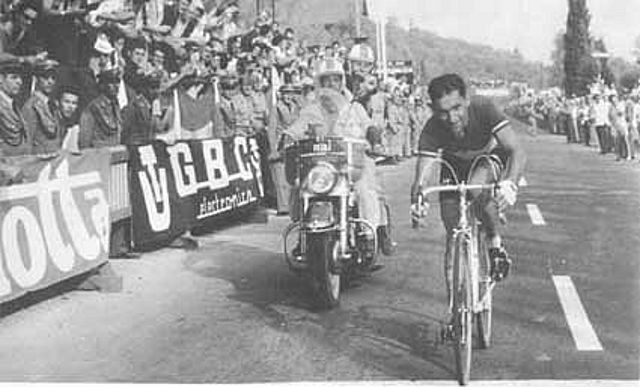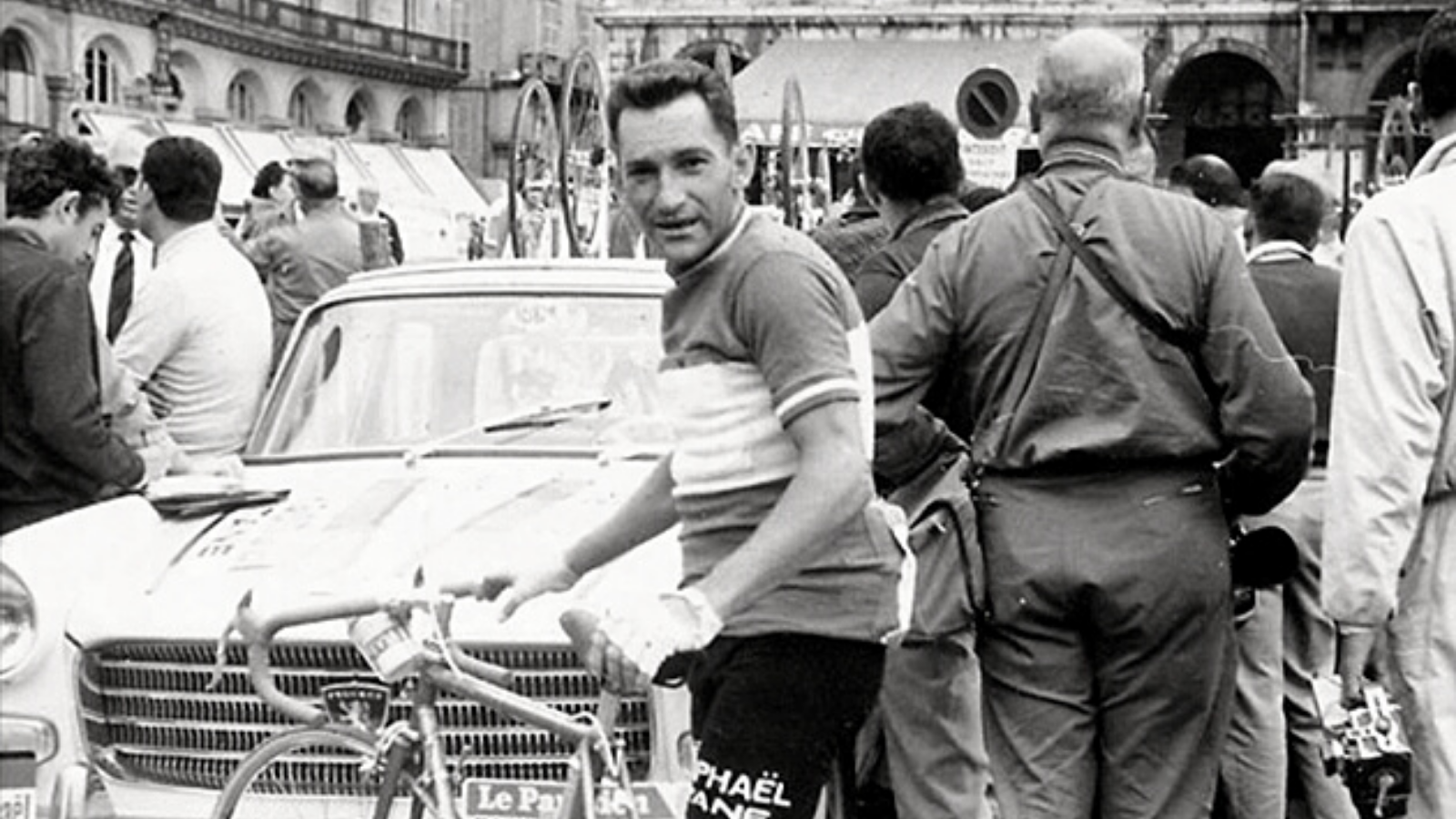Jean Stablinski, the cyclist who suggested to include Trouée d’Arenberg (Arenberg Forest) in the program of Paris-Roubaix, was born on 21 May 1932 in Thun-Saint-Amand, France.
As a son of Polish immigrants his name was Jean Stablewski originally. A journalist mispelled it accidentally, creating the surname by which the cyclist became known.
After the untimely death of his father, Stablinski started working in a mine near to his family home at the age of 14. This mine happened to be under the woods of Arenberg.
That’s why he knew this hidden gem, which became later one of the most iconic places in the history of road races.
At the age of 16, Stablinski became naturalised as French and rode his first race. He turned professional in 1953. Between 1958 and 1967, he was a teammate of Jacques Anquetil. Stablinski retired in 1968. He had the chance to ride Paris-Roubaix that year, the first time the race visited Arenberg.
On of his biggest successes was the Vuelta a Espana victory in 1958. He became world champion in 1962. Stablinski won several stages at all of the three grand tours, and he is the winner of the very first edition of Amstel Gold Race (1966). He was a two-time French national champion.

He was suspended for doping twice.
After his retirement he worked as director sportif. Two of his young protégés were Lucien van Impe and Bernard Hinault.
Stablinski was an active member of Les Amis de Paris–Roubaix.
He passed away on 22nd July in 2007.
